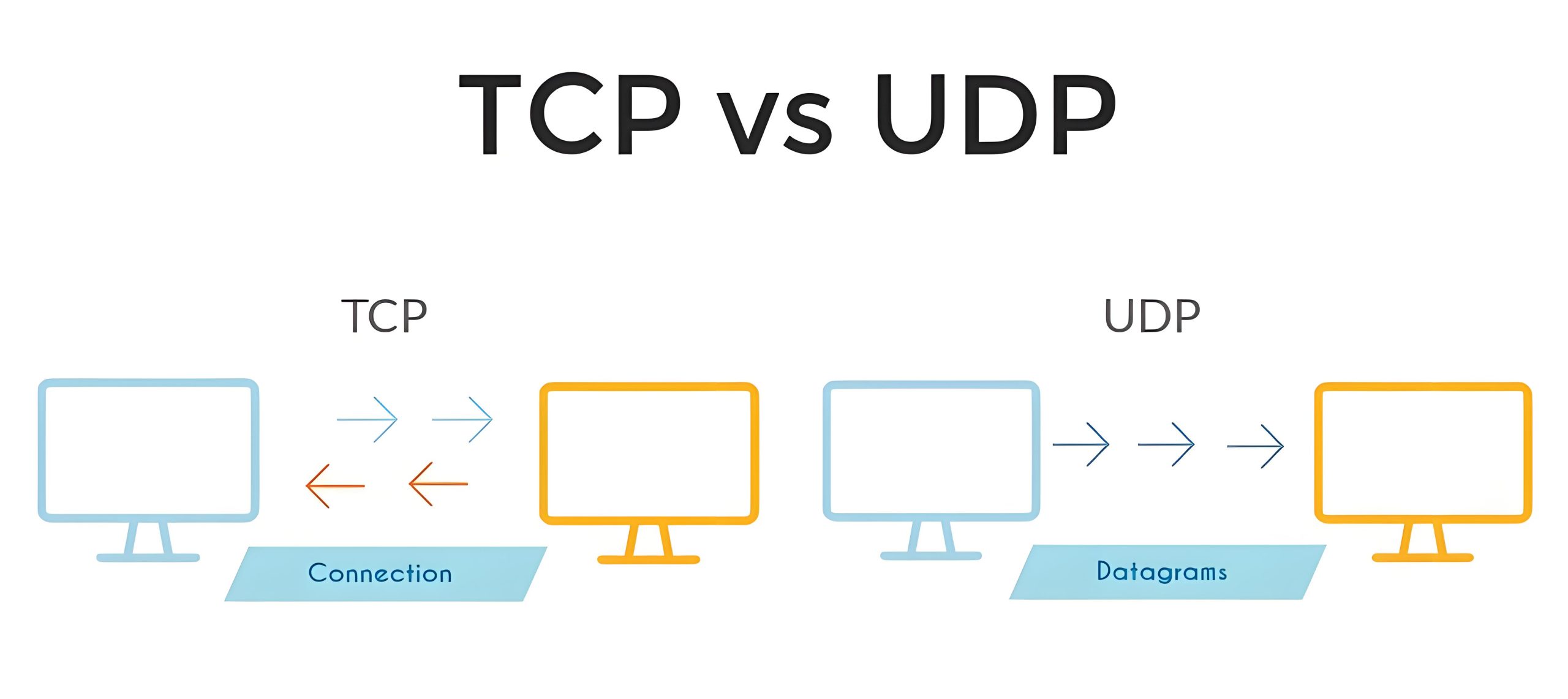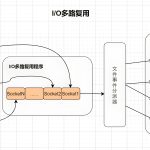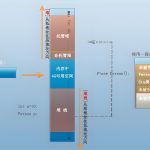Both TCP and UDP are transport layer protocols used for transmitting data between hosts, but their design philosophies and application scenarios differ significantly. Below is a detailed comparison from multiple perspectives, including core features, protocol mechanisms, use cases, and performance:
I. Overview of Core Differences (Summary Table)
| Comparison Item | TCP (Transmission Control Protocol) | UDP (User Datagram Protocol) |
| Connection-Oriented? | Yes (3-way handshake) | No (connectionless) |
| Reliability | Reliable transmission (guarantees order, no loss, no duplication) | Unreliable transmission (possible loss/out-of-order) |
| Data Order | Guarantees ordered delivery | Does not guarantee order |
| Congestion Control | Yes (e.g., sliding window, congestion control) | No |
| Header Overhead | Larger (minimum 20 bytes) | Smaller (8 bytes) |
| Flow Control | Yes (sliding window) | No |
| Transmission Efficiency | Stable but slow (with retransmission, acknowledgment, etc.) | Fast (lightweight, stateless) |
| Typical Scenarios | HTTP/HTTPS, FTP, SSH, database connections, etc. | DNS, VoIP, live video streaming, gaming, etc. |
II. Detailed Comparison of Protocol Mechanisms
1. Connection Methods
- TCP: Connection-oriented. A “3-way handshake” is required to establish a connection before communication, and a “4-way wave” to terminate it.
- UDP: Connectionless. Data is sent directly without establishing a state or ensuring the receiver exists.
2. Reliability Mechanisms (Unique to TCP)
TCP’s reliability stems from multiple mechanisms:
| Mechanism | Function |
| Sequence Number | Identifies packet order to prevent out-of-order delivery |
| Acknowledgment (ACK) | Confirms received data |
| Timeout Retransmission | Automatically retransmits lost packets |
| Sliding Window | Controls traffic flow |
| Congestion Control | Prevents network overload (slow start, congestion avoidance, fast recovery, etc.) |
UDP lacks the above mechanisms, so it may suffer from packet loss, out-of-order delivery, duplication, or data loss.
3. Performance Comparison
- TCP: Stable but slow, with extensive state management and control mechanisms. Suitable for applications requiring high reliability.
- UDP: Lightweight and fast, connectionless/stateless. Suitable for applications tolerating minor packet loss and requiring low latency.
III. Examples of Practical Application Scenarios
| Scenario Type | Recommended Protocol | Reason |
| Web browsing, system login, file transfer | TCP | Requires complete and reliable transmission |
| Video conferencing, voice calls, gaming | UDP | Tolerates packet loss; demands low latency |
| DNS queries | UDP (with fallback to TCP) | Short requests requiring fast responses |
| Streaming media transmission | UDP + application-layer error correction | Real-time performance prioritized over reliability |
IV. Differences in Underlying Protocol Header Structures (For Reference)
- TCP headers contain multiple fields, including sequence number, acknowledgment number, window size, and control bits, with a minimum size of 20 bytes.
- UDP headers are very simple (only 8 bytes) and include: source port, destination port, length, and checksum.
Summary: One-Sentence Understanding
- TCP = Stateful + High reliability + Order guarantee + Slow but stable
- UDP = Stateless + Unreliable + No order guarantee + Fast and flexible


